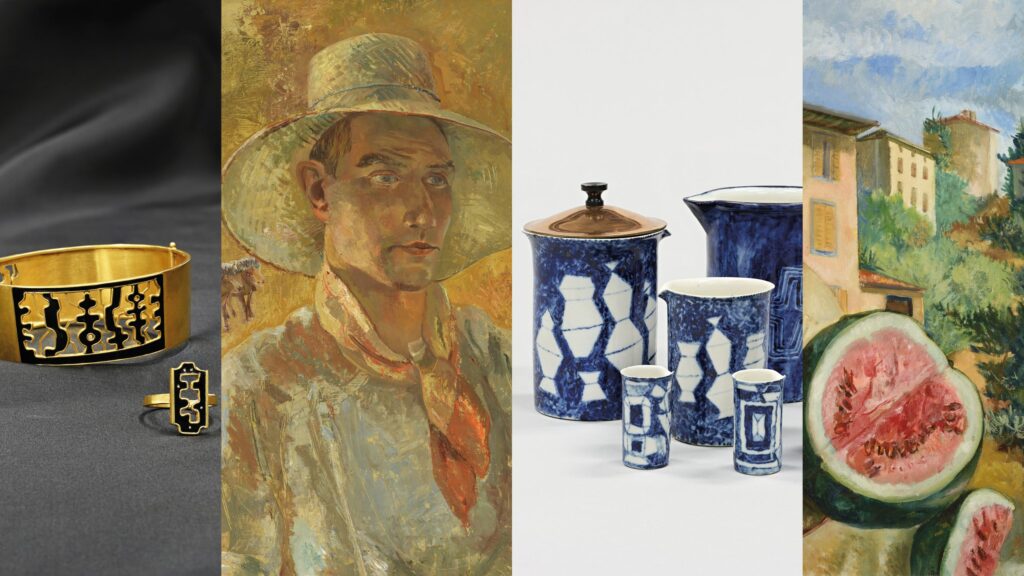Adamson-Eric (1902‒1968) is one of the most brilliant Estonian modernist artists. He was a talented and exceedingly diverse creator who became a legend during his lifetime. Adamson-Eric was one of the few artists who was equally strong as a painter and in almost all of the areas of applied arts and design. In the 1920s and 1930s, Adamson-Eric was one of the most significant cosmopolites of Estonian art due to his numerous travels, having lived and worked in different locations all over Europe. He was also an active and daring participant in the cultural life of Estonia and a dazzling figure in society. In addition, he was active in the policymaking and organising of Estonian art life, and in the post-war period he was an esteemed art teacher who influenced several generations.
Adamson-Eric’s rich oeuvre vividly reflects the developments of Estonian painting and applied arts over more than four decades. The new permanent exhibition highlights the versatility of the artist as a delicate painter, as well as a renowned creator of applied art who revealed the richness of his ideas and dynamic movement between various fields of art.
Adamson-Eric’s paintings are characterised by a subtle sense of colour, refined taste and elegant wit. The aesthetic convictions of the artist and the development of his painterly handwriting were significantly influenced by the French culture of painting. In his works, the stylistic trends of the era were interpreted with originality. In the 1920s, the young artist approached both surrealism and cubism with liberal playfulness. He was thoroughly fascinated by the plastic approach to materials and forms of the New Objectivity. In the second half of the 1930s, his handwriting became more painterly and his colours obtained brighter luminosity. He was increasingly enraptured by plein air painting and by capturing the light, colours and mood of a moment. Adamson-Eric was one of the most significant late impressionists of Estonian art because of his characteristic light brushwork, which seems to dance on the surfaces of his works.
In the 1960s, even having to work with his left hand, he continued painting in a realist manner that he had developed in the second half of the 1930s, turning with great passion of exploration to the possibilities of abstract artistic language. The most enticing part of his oeuvre from this period is the well-composed abstract works. He also utilised a completely new field, painting nearly a thousand works with glazing colours on small ceramic plates, enchantingly expressing his playful fantasies and compositional approaches.
Although Adamson-Eric was a magnificent painter and colourist, he played an even more significant role in the development of Estonian applied arts. He was a creative pioneer whose mentality, fresh approach and original imagery introduced new directions in Estonian ceramics, porcelain painting, leather working, metal working and textile arts. His designer handwriting was characterised by a good sense of material, daring use of colour and dynamic decoration. He consciously replaced classical symmetry with asymmetrical rhythms of surfaces. Adamson-Eric’s graceful shapes brought fantasy-filled cheerfulness to Estonian applied arts. He boldly interpreted natural and ethnographic motifs, and used abstract shapes and stylised figures that often had primitivist lines. That is why the modernist aspirations of Adamson-Eric achieved their most significant expression in applied arts.
Curator: Kersti Koll
Team: Karin Vicente and Annika Teras
Designer: Tiit Jürna
Gallery name: Adamson-Ericu museum
Address: Lühike jalg 3, Tallinn
Opening hours: Tue-Sun 11:00 - 18:00
Open: 11.06.2021 - 01.01.2030







